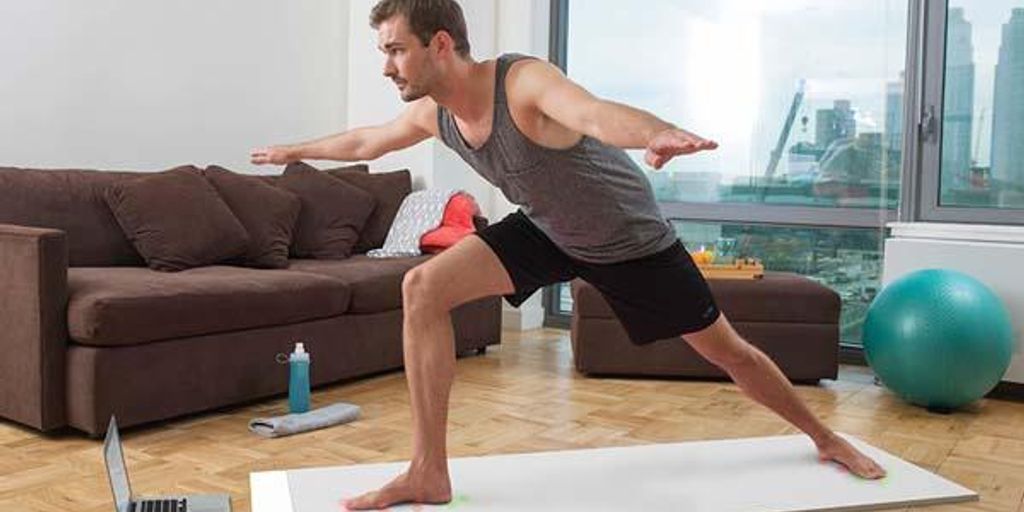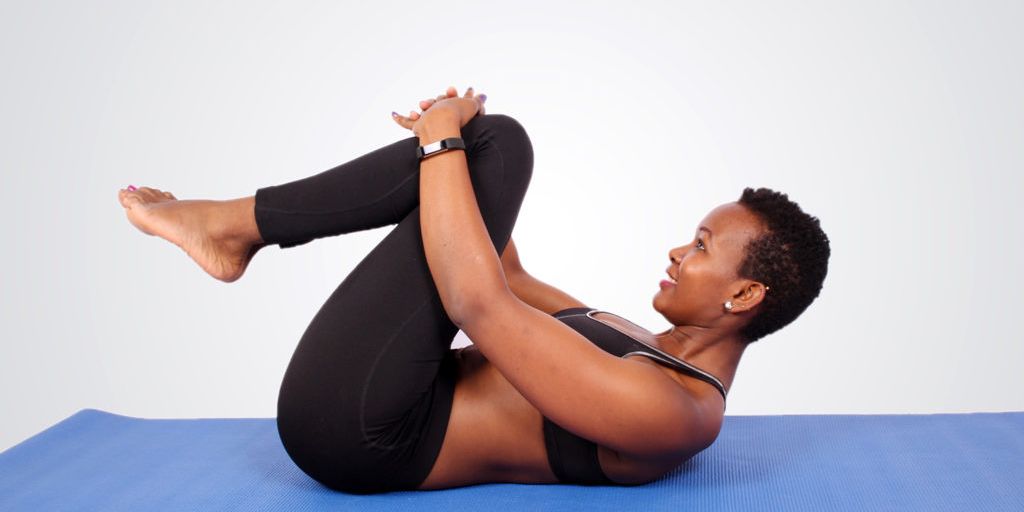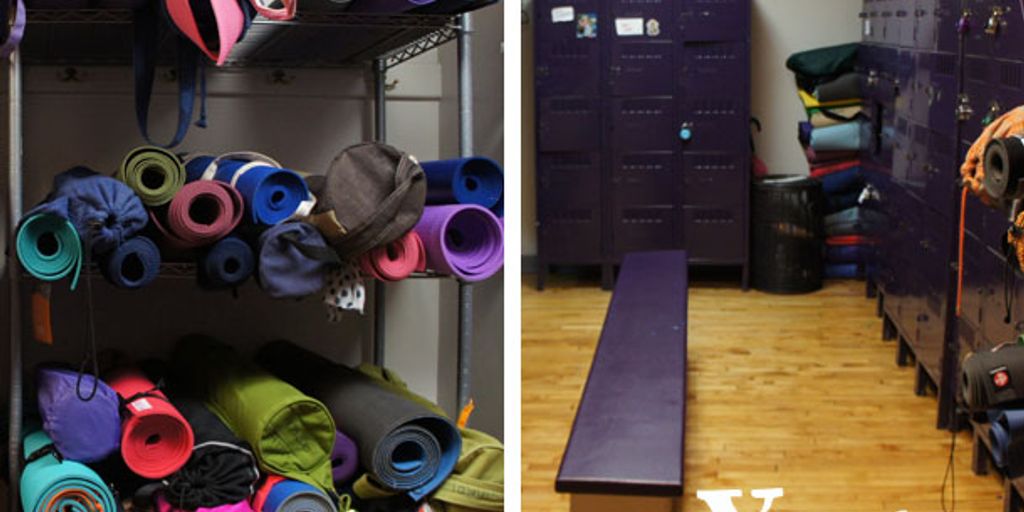
10 Essential Features to Look for in Your Next Yoga Mat
When choosing a yoga mat, it's essential to consider various features that can significantly enhance your yoga practice. From the material quality to the price, each aspect plays a crucial role in determining the comfort, durability, and suitability of a mat for your yoga needs. This article explores the top 10 features to look for when selecting your next yoga mat, ensuring you make an informed decision that aligns with your practice preferences and lifestyle.
Key Takeaways
- Assess the material quality for durability and comfort.
- Consider the thickness for the required support and cushioning.
- Check the texture and stickiness to prevent slipping.
- Opt for eco-friendly materials to support sustainability.
- Compare sizes, weights, and prices to fit your specific needs.
1. Material Quality
Choosing the right material for your yoga mat is crucial as it directly affects the mat's grip, durability, and comfort. Natural rubber is a popular choice for those looking for a balance between grip and cushioning. PVC mats, although less eco-friendly, offer unparalleled stickiness and durability. For those who prioritize sustainability, materials like jute or organic cotton are excellent options.
It's important to consider how the material of a yoga mat aligns with your personal practice needs and ethical values.
Yune Yoga offers a variety of yoga mat materials including natural rubber, eco, and foundational mats, as well as collections and featured mats. Each material has its unique properties:
- Natural rubber: Provides excellent grip and cushioning
- PVC: Highly durable and offers great stickiness
- Jute: Eco-friendly and provides moderate grip
- Organic cotton: Sustainable and soft
2. Thickness
Choosing the right thickness of a yoga mat can greatly affect your yoga practice. Thicker mats, usually around 1/4 inch, provide more cushioning and are ideal for therapeutic practices or for yogis with sensitive joints. However, they can make it harder to feel a strong connection to the floor, which can affect balance. On the other hand, thinner mats, about 1/8 inch, offer a firm surface that helps with stability during standing and balancing poses.
- Standard Thickness: 1/8 inch (about 3 mm)
- Thick Mats: 1/4 inch (about 6 mm)
- Travel Mats: 1/16 inch (about 1.5 mm)
Choosing a mat that balances cushioning and stability can enhance your practice, making it more enjoyable and effective.
3. Texture
The texture of a yoga mat can greatly influence your practice by affecting how much slipping and sliding occurs. A mat's texture is determined by its material and manufacturing process, which can range from smooth to rough. Textured mats provide better grip, which is crucial for maintaining poses and alignment, especially in more dynamic or sweaty practices.
- PVC mats often have a smoother surface but can become slippery when wet.
- Rubber, jute, and cotton mats typically offer more natural grip due to their rougher textures.
Choosing the right texture depends on your personal preference and the type of yoga you practice. For instance, if you practice hot yoga, a mat with a high-grip texture might be essential to prevent slipping due to sweat.
4. Stickiness
The stickiness of a yoga mat is crucial for ensuring stability and safety during various poses. A sticky mat prevents slipping and sliding, allowing you to maintain your balance and alignment. This feature is particularly important for practices involving dynamic movements or sweat-inducing styles like hot yoga.
- PVC mats often offer the best stickiness.
- Natural rubber can also provide good grip but may vary with moisture exposure.
- TPE and other eco-friendly materials might be less sticky but are suitable for less intense styles.
Choose a mat that matches the type of yoga you practice most often to ensure it provides the grip you need.
5. Eco-Friendliness
When choosing your next yoga mat, considering its eco-friendliness is crucial for both your health and the environment. Opt for mats made from sustainable materials like natural rubber, organic cotton, or jute. These materials are not only renewable but often come with certifications that guarantee minimal environmental impact.
- Look for certifications such as GOTS (Global Organic Textile Standard) or FSC (Forest Stewardship Council).
- Avoid mats made from PVC, which releases harmful toxins during production and at the end of its lifecycle.
Choosing an eco-friendly mat contributes to a healthier planet and a safer yoga practice.
6. Size
Choosing the right size for your yoga mat is crucial for ensuring comfort and stability during your practice. The size of the mat can affect your ability to perform various poses and maintain balance. Most standard yoga mats are about 24 inches wide and 68 inches long, but variations exist to accommodate different body sizes and preferences.
- Extra-long mats: Typically around 72 to 84 inches, suitable for taller individuals.
- Wide mats: Offer more space side-to-side, usually around 30 inches wide.
It's important to consider your height and the type of yoga you practice when selecting a mat size. A mat that is too small can restrict your movement and affect your alignment, while a mat that is too large can be cumbersome to transport and store.
7. Durability
When selecting a yoga mat, durability is a crucial factor to consider, especially for those who practice frequently or engage in intense sessions. A durable mat not only withstands regular use but also maintains its shape, support, and texture over time. Look for mats made from high-quality, dense materials such as natural rubber or PVC, which are known for their longevity and resistance to wear and tear.
Durability ensures that your investment in a yoga mat pays off in the long run, providing consistent performance and comfort.
- Check the warranty: Many manufacturers offer warranties that cover wear and tear, which can be a good indicator of the mat’s durability.
- Read user reviews: Gain insights from long-term users about how the mat holds up under regular use.
- Consider the thickness: Thicker mats might offer more durability, especially on hard surfaces.
8. Weight
When selecting a yoga mat, the weight of the mat is a crucial factor, especially for those who travel frequently or carry their mat to and from classes. A lighter mat can make transportation significantly easier, but it might not offer the same level of durability or cushioning as a heavier mat. Conversely, heavier mats often provide better stability and comfort but can be cumbersome to transport.
- Lightweight mats: Typically weigh less than 2 pounds, ideal for travel.
- Medium weight mats: Usually range from 2 to 5 pounds, balancing portability and comfort.
- Heavy mats: Weigh over 5 pounds, best for home use where little transportation is required.
Choosing the right weight should accommodate your body comfortably and match your lifestyle needs.
9. Color and Design
Choosing the right color and design for your yoga mat can enhance your yoga practice by aligning with your personal style and the ambiance you wish to create. The aesthetics of a yoga mat can significantly influence your mood and motivation. Whether you prefer vibrant colors that energize or soothing tones that promote calmness, there is a variety of options to suit your needs. Additionally, designs can range from simple, single-color mats to intricate patterns that reflect personal tastes or cultural elements.
It's important to consider how the color and design of your yoga mat will look in the space where you practice. A mat that complements your environment can enhance the overall experience.
While the look of your mat might not directly impact its performance, it certainly affects your enjoyment and willingness to practice regularly. Choosing a mat that you find visually appealing and that reflects your personality can make a big difference in your yoga journey.
10. Price
When selecting your next yoga mat, the price is a crucial factor that can significantly influence your choice. Yoga mats can range from budget-friendly options under $20 to high-end models that may cost over $100. It's important to balance cost with the features you need. For instance, thicker, eco-friendly mats made from high-quality materials might be pricier but offer better longevity and comfort.
- Budget: $10 - $25
- Mid-range: $25 - $75
- Premium: $75 - $150
Always consider the value you get for the price rather than just the cost itself. A slightly higher investment might save you money in the long run by avoiding frequent replacements.
Discover the perfect balance of affordability and quality with our diverse range of yoga mats at Yune Yoga. Whether you're a beginner or a seasoned yogi, our mats are designed to support your practice and enhance your experience. Don't miss out on our special offers and free shipping on orders over $100. Visit our website to explore our collection and find your perfect yoga mat today!
Conclusion
Choosing the right yoga mat can significantly enhance your practice, providing the support, comfort, and stability you need. As you consider your options, remember to prioritize features that align with your personal needs, whether it's eco-friendliness, cushioning, or durability. A well-chosen mat not only improves your yoga experience but also supports your journey towards better health and mindfulness. Keep these essential features in mind and you'll find a mat that feels like it was made just for you.
Frequently Asked Questions
What types of materials are best for yoga mats?
The best materials for yoga mats are typically natural rubber, PVC, TPE, or eco-friendly options like jute or cork. Each material offers different levels of grip, cushioning, and sustainability.
How thick should my yoga mat be?
Thickness varies depending on your personal preference and the type of yoga you practice. Generally, a standard yoga mat is about 1/8 inch thick, while mats for those seeking extra cushioning may be up to 1/4 inch thick.
What texture should I look for in a yoga mat?
Look for a texture that provides enough grip to prevent slipping but is comfortable against your skin. Common textures include smooth, patterned, or raised dot surfaces.
Why is stickiness important in a yoga mat?
Stickiness helps keep you stable and prevents slipping during poses. It's particularly important for maintaining alignment and safety during practice.
How do I know if a yoga mat is eco-friendly?
Check for mats made from natural or recycled materials that are free of toxic chemicals. Certifications like OEKO-TEX or GreenGuard can also indicate an eco-friendly yoga mat.
What size yoga mat is right for me?
Your yoga mat should be long enough to fit your entire body when lying down and wide enough to accommodate your arms during poses. Standard mats are typically 68 inches long and 24 inches wide.


